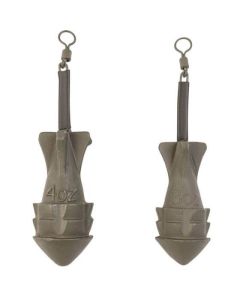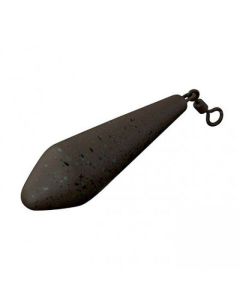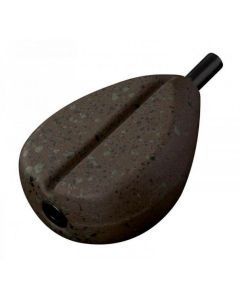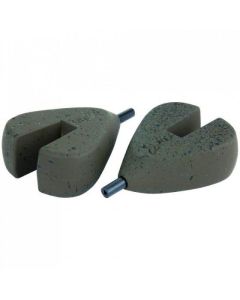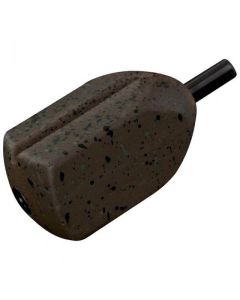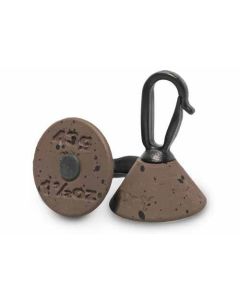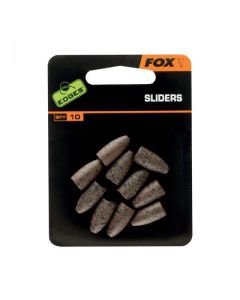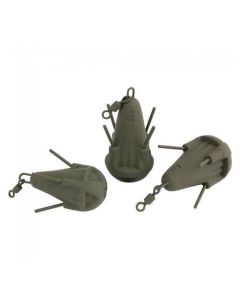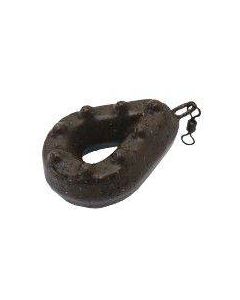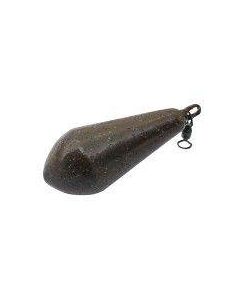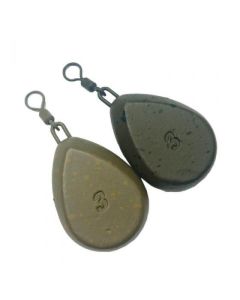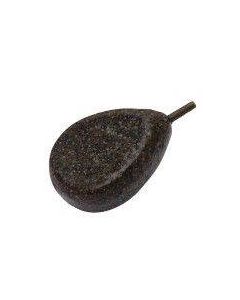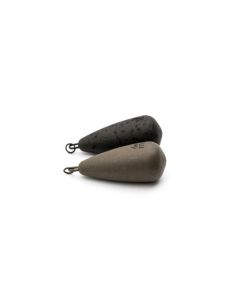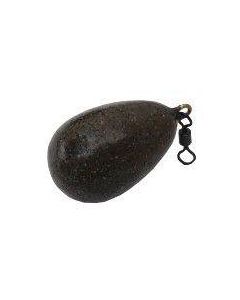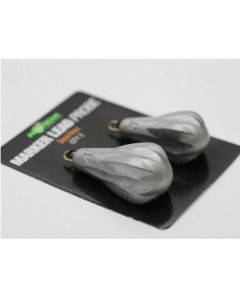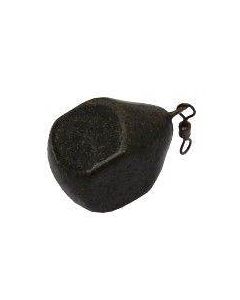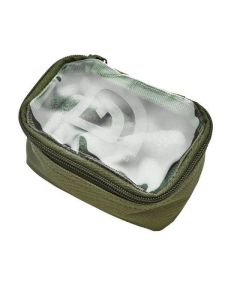The Essential Guide to Choosing the Right Fishing Leads
In the angling world, selecting the right fishing lead can significantly affect your fishing experience. From the tranquil banks of British rivers to the dynamic environments of lakes, understanding the nuances of various fishing leads is paramount for any angler.
1. The Role of Fishing Leads in Modern Angling: Fishing leads, integral to angling, provide the necessary weight for casting and maintaining bait position. Their evolution reflects advancements in fishing technology and environmental considerations, making a deep understanding of their types and uses essential.
2. Exploring the Types of Freshwater Fishing Leads:
- Split Shot Leads: Celebrated for their versatility, they are perfect for precise weight adjustment, enhancing casting accuracy and bait presentation.
- Pear Leads: These are the epitome of stability and precision in casting, ideal for various fishing conditions.
- Flat Pear Leads: Designed for uneven terrains, they prevent rolling, maintaining optimal bait positioning.
- Inline Leads: Streamlined for efficiency, these leads are ideal for solid lakebeds, offering superior rig presentation.
- Distance Leads: Built for long-range fishing, these aerodynamic leads are indispensable for casting over great distances.
3. The Importance of Lead Selection: Choosing the right lead combines art and science. Factors like water depth, current strength, and targeted fish species dictate the selection. This section can include insights from renowned anglers and their experiences with different leads, adding depth and practical perspective to the article.
4. Sustainable Angling - The Shift Towards Eco-Friendly Leads: With the angling community growing increasingly environmentally conscious, the move towards non-toxic lead alternatives is gaining momentum. This section can delve into the environmental impact of traditional leads and the benefits of using eco-friendly alternatives.
5. The Angler's Toolbox - When to Use Each Type of Lead: This practical guide section can provide scenarios and case studies illustrating the optimal use of each type of lead in various fishing environments.
6. Legal Considerations and Environmental Compliance: Understanding local regulations regarding lead usage in fishing is crucial. This section can provide up-to-date legal information, ensuring anglers comply with regional environmental laws.
7. Future Trends in Fishing Lead Technology:
-
Customisation for Precision: Anglers now have the opportunity to customise their leads to suit their specific needs. Custom leads are gaining popularity from shape and weight to colour and material. Tailoring your lead to the fishing conditions can substantially impact your success. Whether targeting carp in still waters or pike in fast-flowing rivers, having a lead designed specifically for the situation can significantly improve your chances of a successful catch.
-
Nanotechnology for Durability: Nanotechnology is making its way into fishing leads. Nano-coatings can enhance the durability of leads, making them more resistant to corrosion and wear. This ensures that your leads stay in top condition for longer periods. Having nanotech-coated leads can give you the edge when fishing in challenging environments, such as rocky riverbeds or saltwater conditions. They last longer and maintain their performance, ensuring your bait stays exactly where you want it.
8. Regulatory Changes and Environmental Responsibility:
- Stay Informed for Responsible Angling: As the angling community grows, so does its environmental impact. To address concerns over lead pollution in aquatic ecosystems, some regions are considering regulatory changes regarding lead usage in fishing tackle. Staying informed about these changes is crucial for responsible angling. Ensure you are up to date with local laws and guidelines related to lead usage, and consider adopting eco-friendly lead alternatives to minimise your environmental footprint. Responsible angling is not just about catching fish; it's about preserving the aquatic ecosystems we cherish for future generations.
Conclusion: The right fishing lead can transform an ordinary fishing experience into something extraordinary. By understanding the different types of leads and their applications, anglers can make informed decisions, leading to more successful and environmentally responsible fishing.

